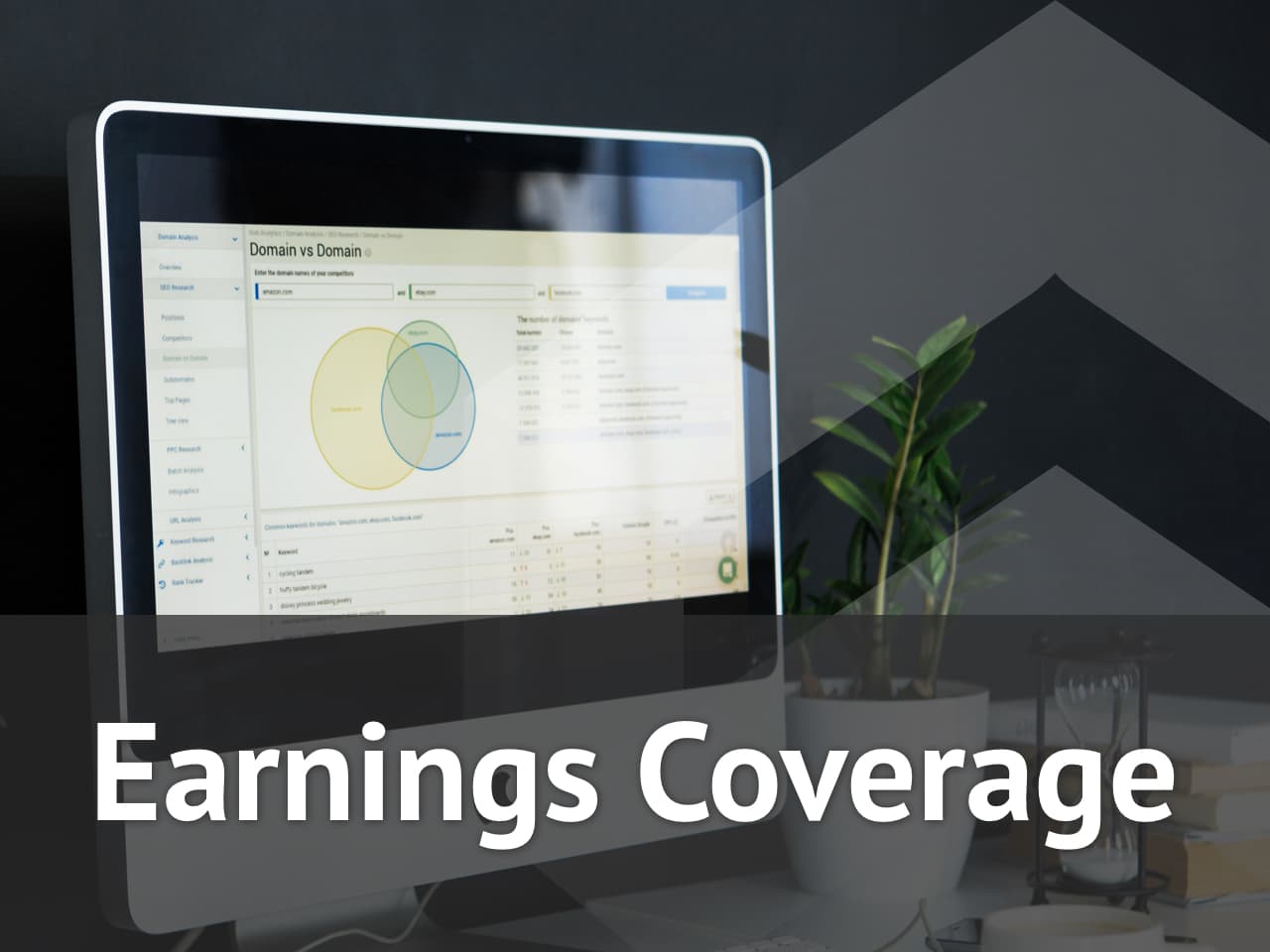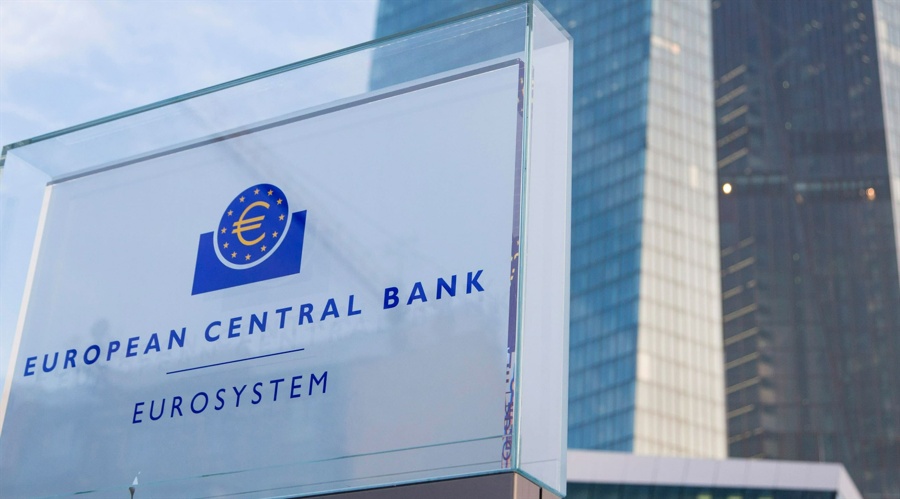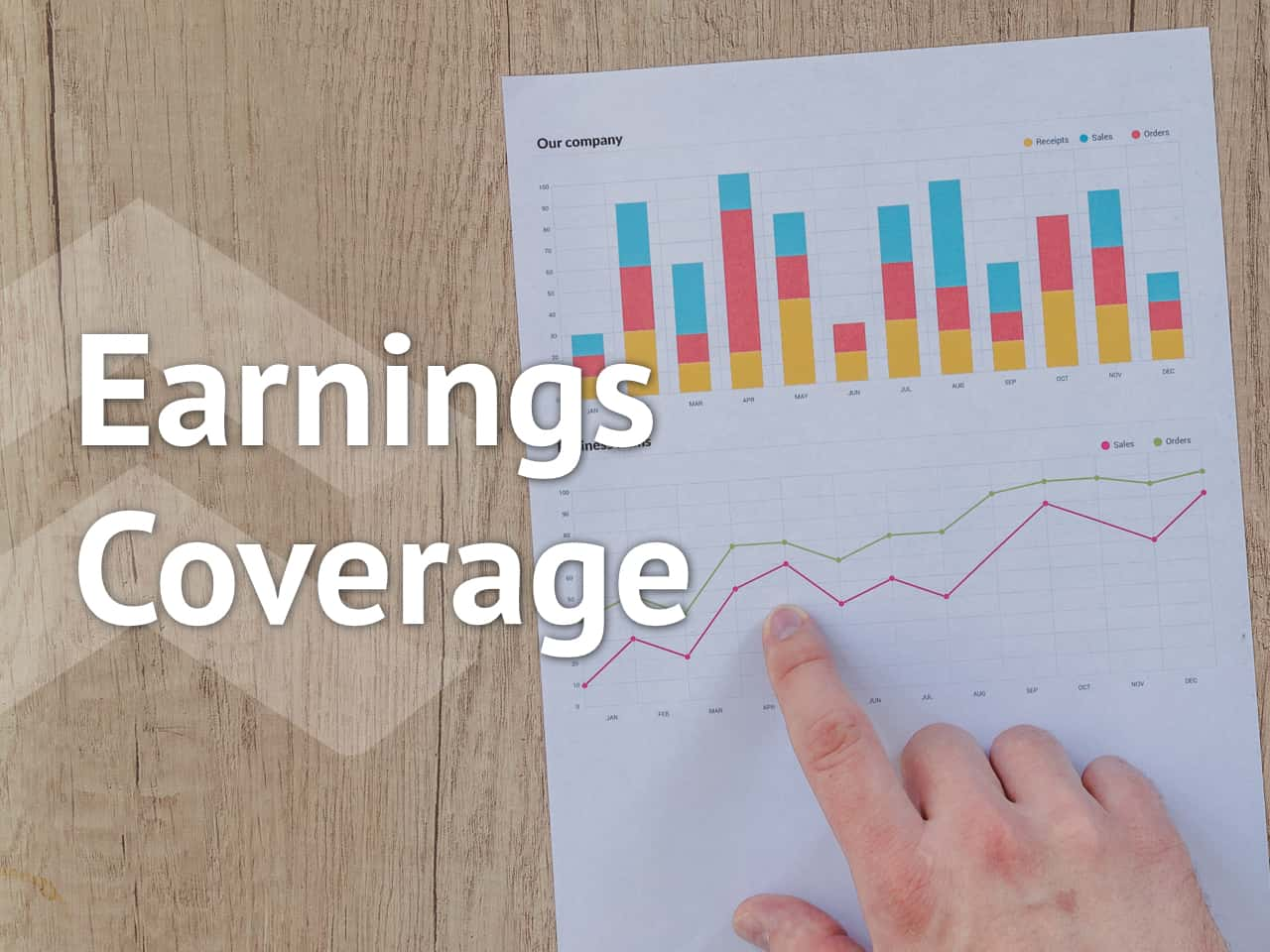Feverpitched
Co-produced with PendragonY
The Fed continues to dominate the market as it continues to hike rates. However, the pace of the hikes is finally slowing, with the Fed projecting that it will slow to 25 bps hikes early next year. As we go into next year, the Fed will continue to dominate the financial news and influence the direction of the markets.
Right now, the yield curve is inverted, which would point to a recession starting in late 2023 or early 2024. At HDO, our focus over the next 6-9 months will be to identify high-yielding opportunities that will not be impacted by the recession we see coming.
We see three areas where there are likely to be many good choices that meet our criteria. Let’s examine why those three areas should do well over the next 6 to 9 months. We will also talk about an example investment in each area.
Midstream Oil and Gas Companies
Energy has been a big winner this year and can be recession resistant. Issues with Russian sanctions over Ukraine will continue and might even intensify. Europe is continuing to develop its ability to import LNG as well. Unrest in Iran could well lead to sanctions or other disruptions in supply. And the U.S. is the only major source of additional production. Midstream companies and MLPs serving the U.S. energy industry will do well under such circumstances. However, recessions often lead to a disruption of demand at the heart of a recession, so sticking with companies that can maintain dividends through a brief disruption is crucial.
Antero Midstream (AM) is one example of a midstream company that is focused on moving natural gas. While it had previously guided for negative FCF after dividends in the first half of the year, management indicated that FCF would be growing rapidly and would more than cover the dividend in the 2nd half of the year. Q3 ended with $30 million in FCF after dividends. With comparatively low leverage compared to its peers, and no debt maturities before 2026, rising interest rates should not have a big negative impact on earnings next year. AM should do well even if inflation continues as its pipeline fees are all indexed to inflation. (AM Investor Presentation Dec. 2022)
Preferred Stocks
As we go into 2023, we want to focus on increasing our exposure to fixed income. This might be difficult in the near term as rising rates have kept downward pressure on fixed income and debt investments in the near term. However, this should slow as the Fed nears the end of its rate hikes. When the economy turns sour, these investments will provide stable income, which is great security for when a recession starts.
Flaherty & Crumrine Dynamic Preferred and Income Fund (DFP) is a well-managed CEF (Closed-End Fund) that invests in preferred shares. It has announced a special dividend of $0.2717 (ex-dividend was December 21st) which stems from realized long-term capital gains.
As a closed-end fund, DFP is required to distribute nearly all income and realized capital gains. As a result, DFP’s total dividend payments this year will be higher than last year, $1.97 compared to $1.95 despite the cuts to the regular distribution. This is why investors shouldn’t panic when CEFs adjust their dividends. The long-term performance of the underlying assets will be far more important than whether the fund has to adjust the dividend from time to time. And it can be quite lucrative to buy shares when other investors panic over these minor adjustments. This week, DFP trades at about an 8% discount to NAV. The fund stands to have a significant recovery when the Fed becomes less aggressive on interest rate hikes.
Baby Bonds
Fixed-income investments have two advantages. They tend to be less volatile (with times like the COVID crash being very much the exception), and they provide very reliable streams of income. That reliable income stream is even more important when a struggling economy puts pressure on share prices.
What are Baby Bonds?
A lot of investors are not aware of baby bonds or how they differ from either regular bonds or stocks. Institutional investors tend to stay clear of them because of the small face value of each bond. This lack of awareness or interest on the part of most investors can make for some good opportunities.
Baby bonds are debt securities that trade on exchanges rather than from the regular bond markets. They earned the name baby bonds because their face value, typically $25, is much smaller than the $1000 of traditional bonds. Baby bonds trade just like stocks. This also means that the buyer doesn’t pay the seller for the accrued interest. Rather than interest is assumed to be included in the market price of the baby bond.
Also, unlike more traditional bonds, baby bonds tend to make interest payments every quarter. Distributions paid by these debt securities are considered “interest income” for tax purposes and as such are NOT eligible for the preferential 15% to 20% tax rate on dividends. This is similar to regular bonds. Most baby bonds pay higher interest rates than their regular bond counterparts (for the same type of risk) because institutional investors do not buy them, and many retail investors are unaware they exist.
Baby bonds, unlike traditional bonds, are more often unrated because only institutional buyers require bond ratings. It is often an unneeded expense that companies issuing baby bonds skip.
HDO has written many articles on Eagle Point Credit Company (ECC), where more detail on the company can be found. Briefly, ECC is a CEF (closed-end fund) that owns CLO equity. It uses preferred shares and baby bonds to leverage the purchase of more CLO equity. As a CEF, there are legal limits on how much of this type of debt the fund can use for leverage.
Eagle Point Credit Co., 6.6875% Notes due 4/30/2028 (ECCX) is one of the baby bonds issued by Eagle Point. As the name implies it has a coupon of 6.6875%, but at the time of this writing, the yield to maturity is 7.6% since it is selling at a discount to par.
Since ECC has no secured debt, the baby bonds are at the top of the capital stack, ahead of preferred stocks ECCC and ECC-D. The common stock ECC is part of our Core Portfolio, paying us a generous monthly dividend, plus two specials in 2022. Yet, the common shares do come with high volatility.
With CEF rules limiting leverage (including term-preferred), and the position of ECCX at the top of the capital stack, this makes for a very safe and lucrative income stream for those who wish to avoid the volatility of the common shares.
Istock
Conclusion
Looking forward to 2023, we see that midstream energy companies, preferred share CEFs, and baby bonds will offer many attractive investments providing safe income streams. While this article presents an example in each of these areas, there are many other investments trading at a good price.
With the economy weakening and the Fed continuing to hike, it is more crucial than ever to be prepared for a sudden reversal in policy. It is prudent to shop carefully for good values. What trades today at a good price might be too expensive next week, or it might be a better deal. Careful small purchases at a good value are the way to handle the coming period of uncertainty.
















